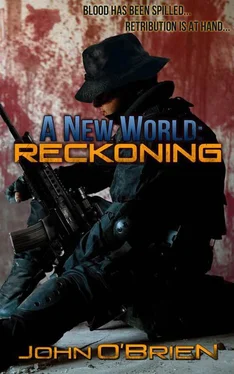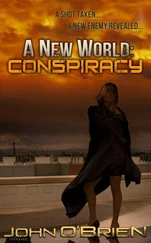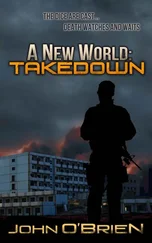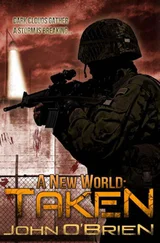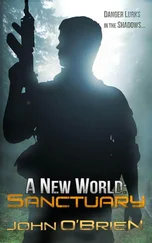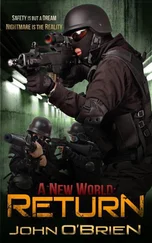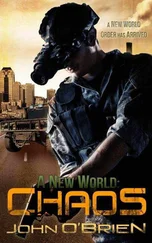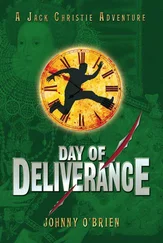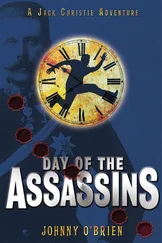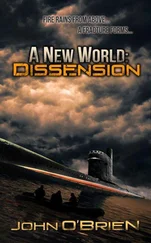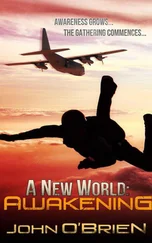“Frank, in your estimation, how long do we have?” Lynn asks.
“That’s a tricky question. I can only hazard a wild guess as we’ve yet to see any pattern that the groups of night runners hold to,” Frank states.
“You predicted they would eventually leave the big cities, and that’s what is happening,” Lynn counters.
“Well… yes… but that’s a no-brainer. So, from what we’ve gathered so far, my best guess is that we may have a couple of weeks before they start wandering out of Tacoma and the urban areas north of there. Given that their migrations, concentrations, and honestly, most of their observed activities, seem to be focused around food, they’ll stay where they are as long as the area can support them. I’m guessing there should be plenty for a while. After that, they’ll more than likely begin heading south again.
“Another factor is them leaving an urban area. It could be that they’ll hesitate coming too far south without knowing whether they’ll have shelter during the day. I don’t pretend to know their thought processes regarding this, but the valley between us and the southern end of Tacoma may hold them up for a while. Eventually, though, I see them pushing south in search of food, with a few remaining depending on the renewal of food sources. If we blow the bridges, there’s a big chance that they’ll swing east and go around us,” Frank comments.
“Do you think they’ll fight for the resources north of us? Meaning, will their number deplete as they compete for a dwindling food supply?” I ask.
“That’s hard to say. I suppose if we were dealing with normal predators in the wild, then yes. However, we can see by the numbers coming out of Seattle, this may not be the case. With that in mind, I don’t think we’ll see much of a decrease in their population. If the pattern holds true, I think we’ll see them push outward rather than compete,” Frank says.
“What will happen if they reach us?” Robert asks.
“Again, that’s hard to say. As I said, anything I mention is a wild-ass guess. It could be that they push past us seeing we’ve cleared the area. If there’s not any food to be found, they should move on. That will take a considerable period of time in order for all of those we saw on the video from last night to move through, meaning, it could be harder for us here. They’ll smell the livestock if not us. I’m sure, at a minimum, we could see several packs make a concerted effort to get over the walls,” Frank expresses. “The chances of them getting inside will be low depending on how many make the attempt. I don’t see them getting over the walls, and we have the perimeter mined, so it could be that they circle the walls trying to find a way in and give up.”
“They got over the walls around the hospital,” I comment.
“Well, that was different. Unless they bring chairs and tables all of the way from Tacoma, or downtown Olympia, I don’t see that kind of thing happening. It’s possible, but not likely. At any rate, our best strategy is to detour them by blowing the bridges,” Frank states.
“Good point,” I say.
“What if we—” Bri starts to say and clears her throat. “What if we dropped food? I mean, if we were to push some out from the back of the 130, would that delay them?”
I look to Bannerman. He thinks over Bri’s suggestion for a few moments before replying.
“We could do that but, one, it will deplete our stores, at least until we are set up with the other distribution centers, and two, given their numbers, I seriously doubt that we could drop enough to keep them there for long. That’s a lot of night runners to feed. We’ll definitely run out of food for ourselves if we attempt that.”
“Okay, what about if we drop some in a line leading to the east. That is, after we drop the bridges. Would that help guide them around us?” Bri inquires.
“That could work, or it might not. If we understand the night runners at all, or if they thought like us, I’d say that would have a small chance of working. If you ask me, I’d say the odds are slim and we should keep the supplies for ourselves, especially as we are most likely losing the DCs to the north. However, what do I know? We could try something to see if it works after we blow the bridges and after we establish a supply line with the DCs to the south,” Bannerman says.
“Okay, let’s look at what we need to do in the immediate future. During the day, we’ll gather as much as we can from Lewis and the DC with the timeline set for completion being ten days. By that time, we’ll be back from hitting the compound and we’ll hit the bridges. Bannerman, if we can spare the crews, we’ll have more teams available in three days. They can escort crews down to locate and begin establishing what supplies the southern DCs have. Also, see if we can set up a safe fuel farm here with pumps to stir the fuel. I know there are at least large fuel bladders for remote refueling at McChord. If we can’t set up a fuel farm within the allocated time, then load up what we can with the bladders and we’ll just have to make the extended trip around for more fuel. For security, we’ll be relying on the ones coming out of Phase Two, of which I believe Tim and his group are a part. We can also ask Miguel if he and his group can help.
“Another option, if we have the people to spare, is to begin burning as much as we can between the night runners and us. At night, we’ll hit the southern fringes in the hopes that it will delay any further advances south. That and our ongoing preparation for hitting the bunker is going to keep us pretty busy with little rest. We have to make sure we get some, though, as we can’t hit the bunker tired. We’re going to need every faculty we can bring to bear. When we return, we’ll see where we sit and blow the bridges,” I say, attempting to bring all that we’ve said into a larger plan.
“You’re pretty confident about us taking out the bunker,” Lynn states.
“Is there any other way to be?”
The next morning, before the teams head off to their training, and before we head to conduct another low-level, Robert and the others who were bitten drive away with two teams providing security. Lynn and the remaining teams stand nearby on the edge of the parking lot, making it look like some stunt or circus show. I feel a little uneasy with so many around watching, but most of this will be done in silence which eases my self-consciousness some.
When the group stops about ten miles out, they radio that they are in position. We open up, and I can immediately sense their direction and distance. The physical and emotional intuition of their presence is gone, but I can pinpoint them and we are able to communicate mentally. At twenty miles, I have to push farther outward but eventually sense them.
They drive to thirty miles and I only have a vague impression of their direction. However, oddly enough, we can still communicate. Robert comes in more clearly than the others, but I can mentally send and receive messages. The mental effort is tiring after a period of time, especially trying to sense their physical presence, but it’s doable for short periods. I imagine it will become easier with time and experience. This sort of communication seems only marginally affected by distance, at least the distance we are working with at the moment. At some point, we’ll have to test what the limit is, but for now, we have a busy few days ahead of us and I call them back.
Once they return, Lynn takes the teams and they proceed to our equipment hangar for their day of training. I have one last thing to try before we leave. I ask Robert to try with Julie once again. This time, I open up both the night runner side and the one I share with Robert and the others. I stay open until Robert returns, shaking his head. I didn’t sense anything coming from his mom. A thought runs through my mind wondering if I would have been able to sense Alan before he let the night runner horde in. That falls too far into the ‘what if’ so I let go of that train of thought. With that, we plan the day’s flight and depart.
Читать дальше
